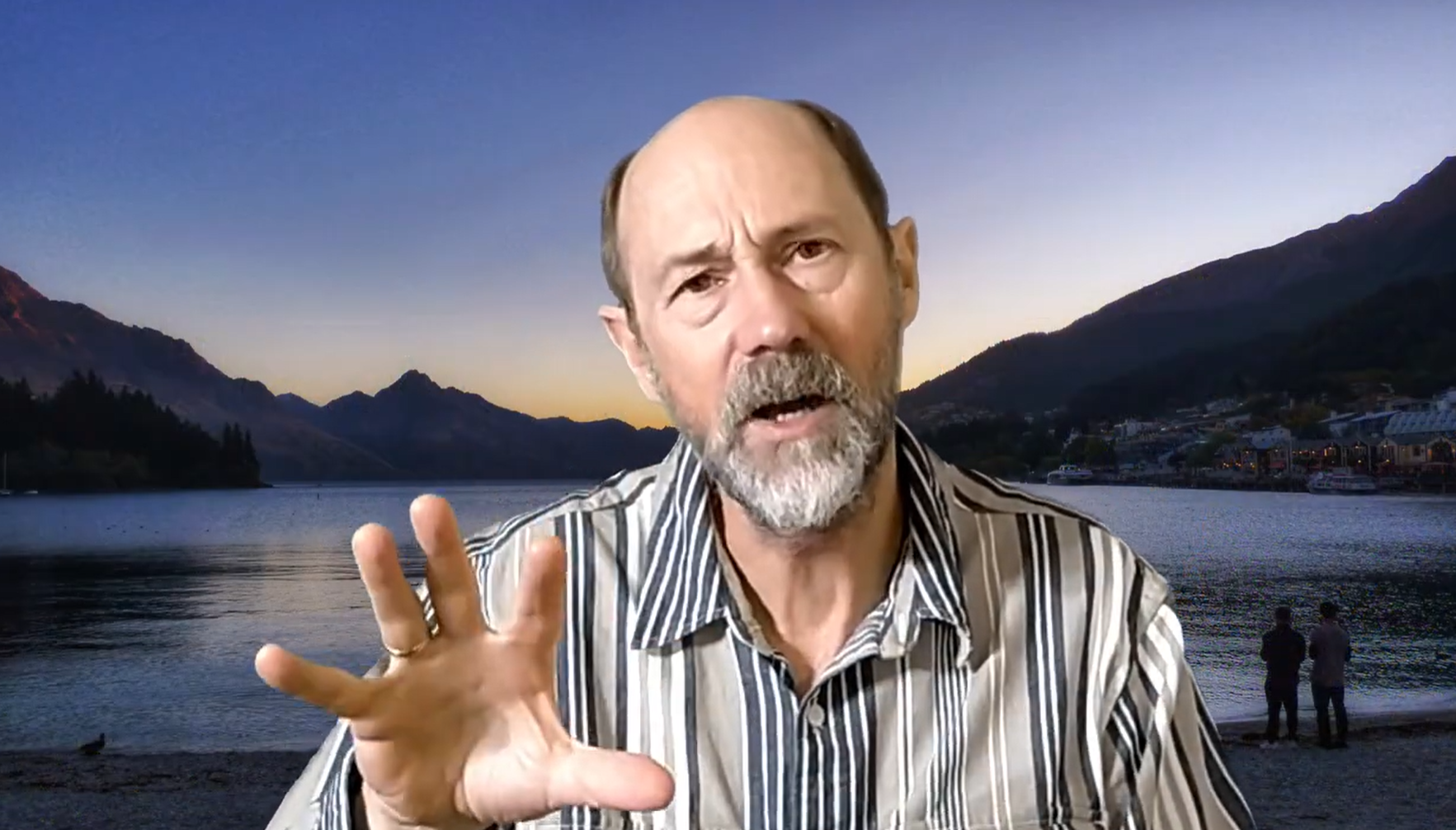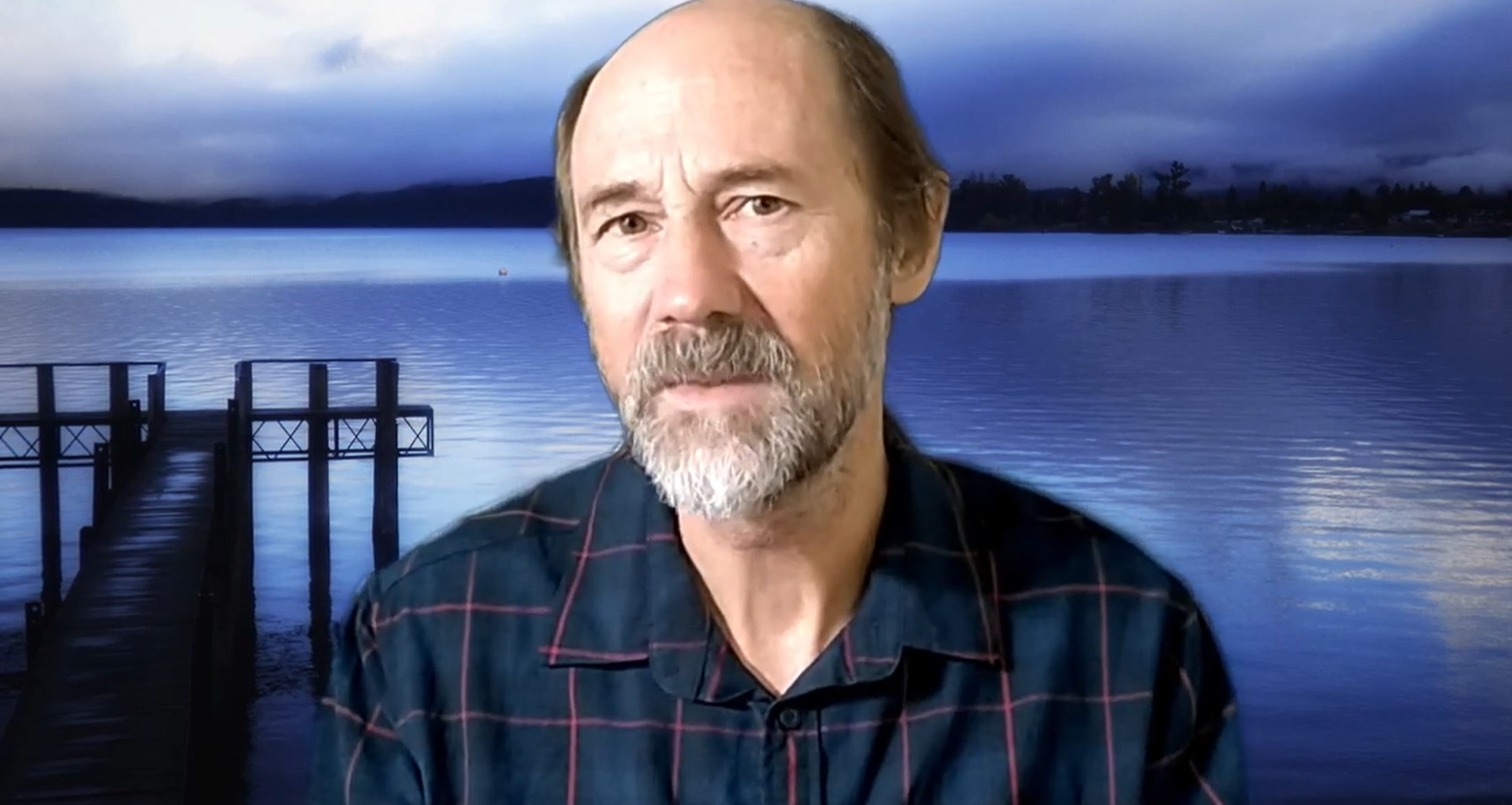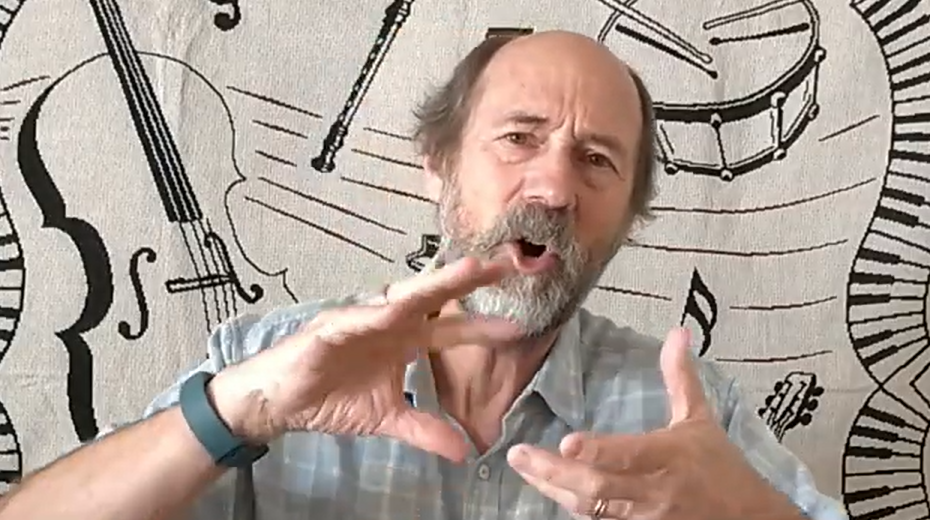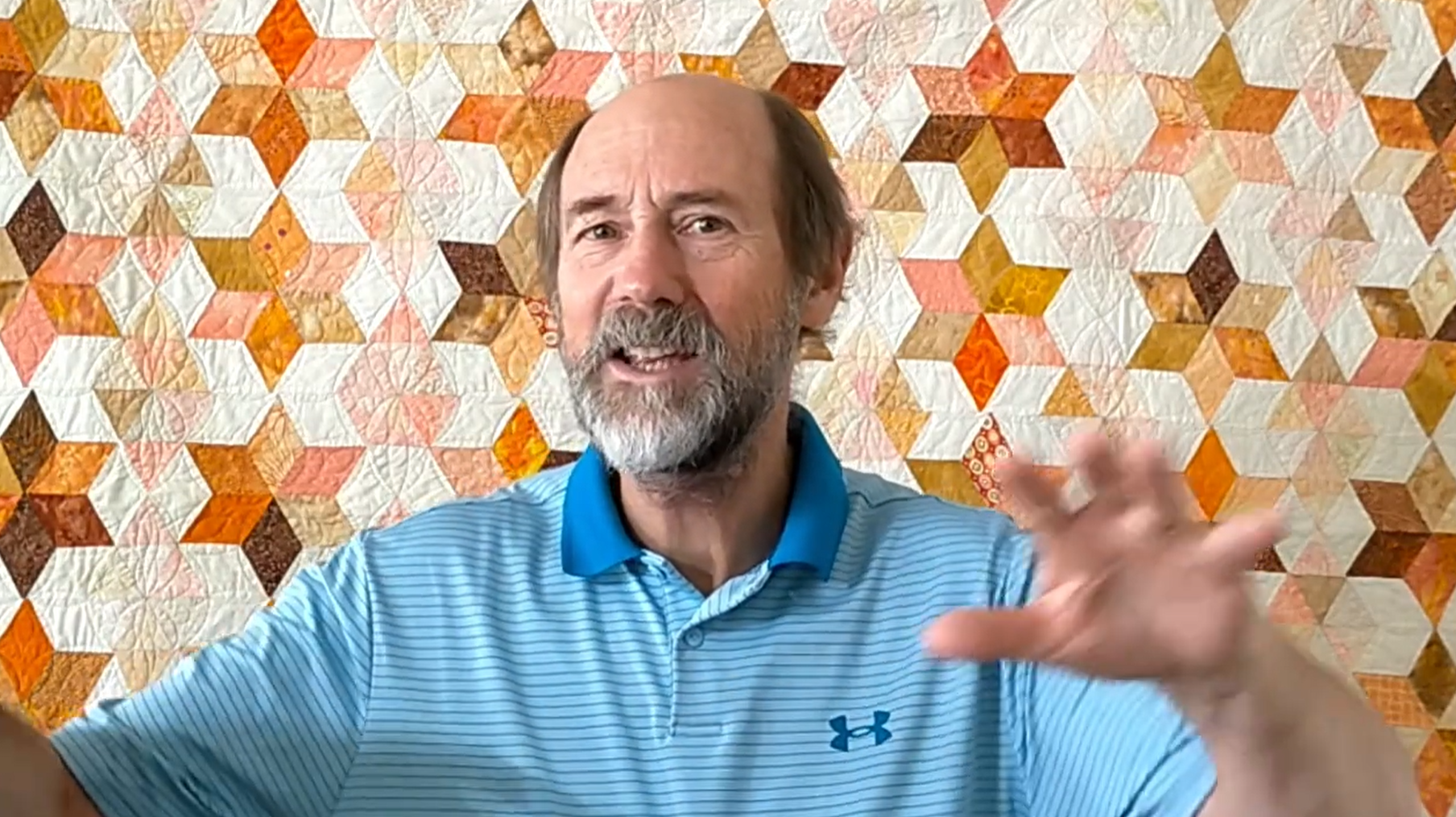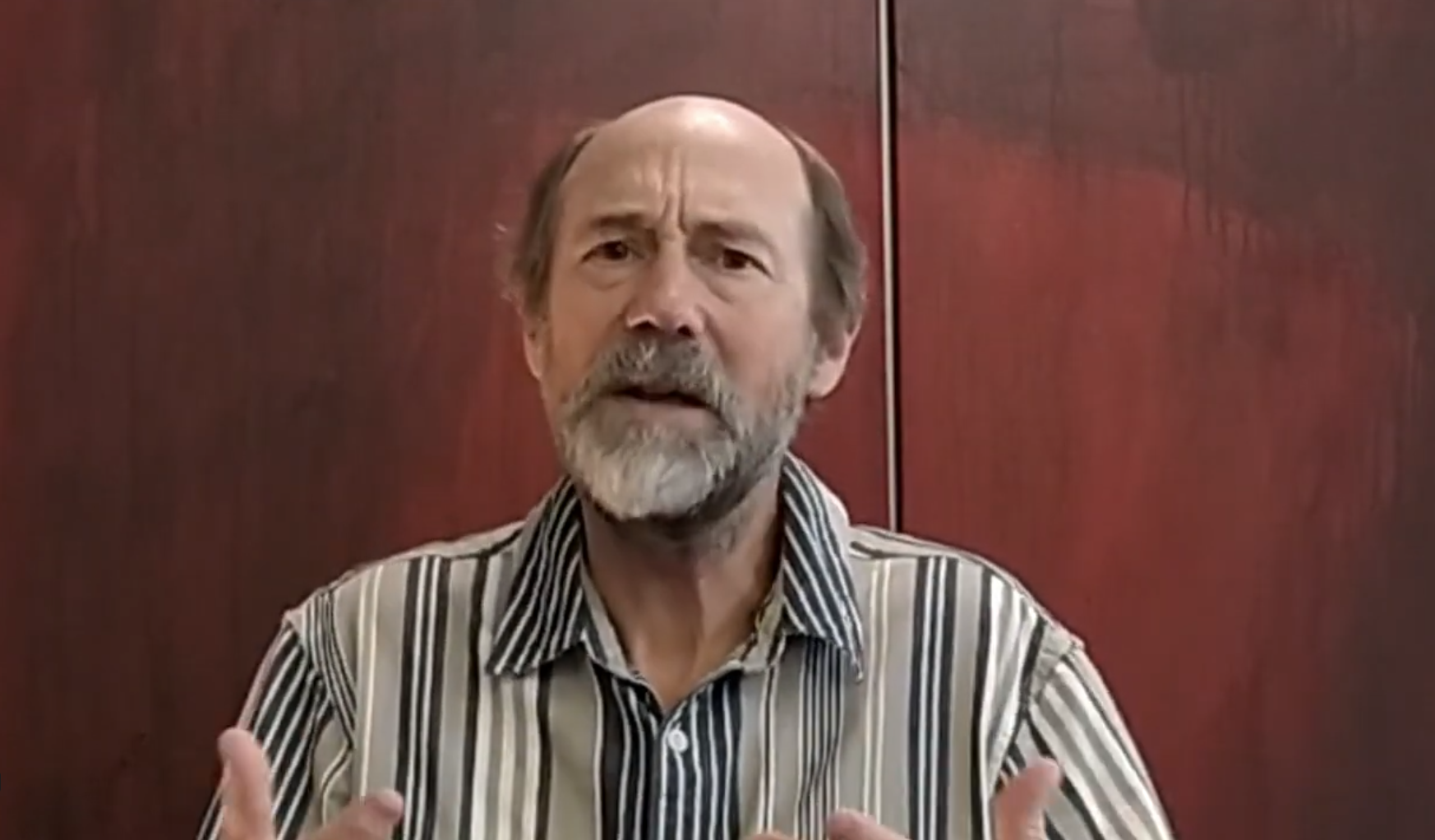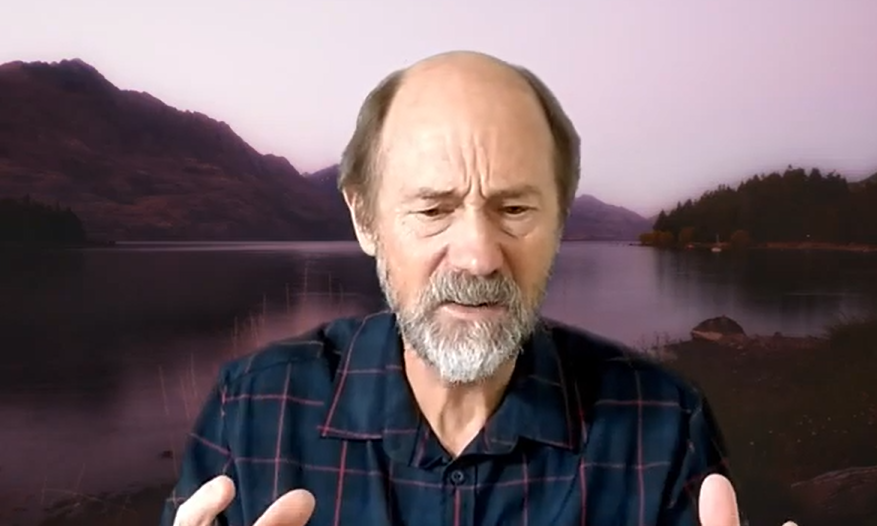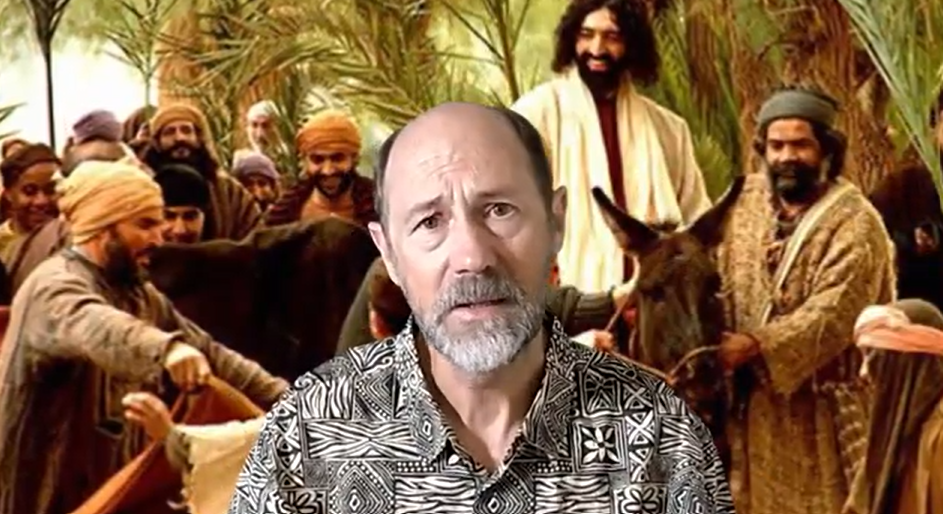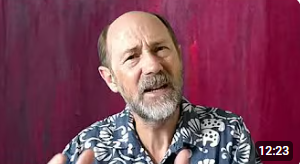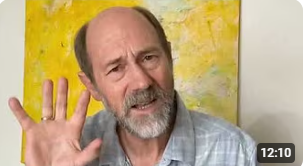This morning, when Nico and I went out for our morning walk, we took a different route, one we hadn’t been on for a while. We have generally been wandering down the main road and Nico stops at the lights, waits until it turns green and then walk across, usually pulling me with him (he doesn’t know it’s a green light, but it buzzes, and he knows to walk).
This morning, we took some different paths and Nico kept looking up at me to know which direction to take when there were options. I point and he follows. He keeps looking at me to make sure we are on the right track. He looks for my directions and he listens to my voice. In the park, where there are various people and dogs, he will hear Susan, or I call out and listen and come. He has learned words and instructions – he knows ‘letterbox’ and ‘bin’ and ‘hose’ and runs to the gate or tap when he hears the words.
All day, Nico will follow me around, listen for instructions, respond to a call, and he wants to be patted, called by name, stroked under his neck. Nico wants to belong and know that he is part of the pack and loved by the leader of the pack. He will give of himself fully and enjoys playing his part, doing ‘work’ and being part of the pack. Nico knows me and I know him.
This Sunday is sometimes called ‘Shepherd Sunday.’ It comes from the readings usually associated with the week. One is the beloved Psalm 23, attributed to King David who was a shepherd and knew the interactions between sheep and shepherd. In this beautiful Psalm, he speaks of God as his shepherd, who ensures green pastures in which to rest and feed. He leads beside water that is still and fresh, safe for drinking, refreshing. The Shepherd leads us into the right and good ways for life and holds us through the darkness of pain and struggle, where death and suffering loom. This shepherd holds us when enemies surround us, ensuring we are held in love and connected into the source of life itself. It is a comforting and reassuring Psalm that is life-giving and hopeful.
In this Psalm, is the personal awareness of his own deep and profound care for his flock of sheep as a shepherd boy and extrapolating this onto God in a deeper and more profound way. Just as David would protect the sheep from enemies, seek out the sheep that were lost or save those in trouble, ensuring food, water and well-being, so God in a deeper, more profound way will ensure we wave what we need. ‘The Lord is my shepherd,’ says David, ‘I will not want.’ I will have what I need to live and flourish in life.
The other reading, from John’s story (John 10:22-30), follows on from where Jesus speaks of himself as the Good Shepherd who cares for the sheep. He speaks of the sheep knowing his voice and hearing him. Others don’t know him, don’t hear his voice, won’t listen and follow all manner of voices and would-be leaders. This shepherd will lay his life down for the sheep and no-one can snatch his sheep from him – they will always belong to him, safe in his care. It reflects words of Paul and others that proclaim that nothing can separate us from God’s love – ever!
As I ponder these words, I recognise the cacophony of noise, voices, sound, distractions and the subtle temptations that seek to draw my attention, will and life in all manner of directions. I am bombarded with advertisements that want me to buy more, invest, accumulate, gain, experience, ideology, politics, religion… There are so many messages that strike me every day in so many ways, some subtle and luring and others bold and in my face. Some voices come at me in a constant barrage until I succumb to their message, until my defences and resistance is at least softened.
I know from my own experiences that too often the path leading from these temptations is a dead-end road that is empty, unsatisfying and dangerous. Too often I have succumbed to the lure of a new toy, and it has been wonderful and stimulating for a brief time until the novelty wears off and it is just another thing to fight for my time and attention. I have followed paths that have seemed good, urged on by voices that seem wise and genuine, and perhaps they were. The path leads nowhere of substance. It is more of the same, fine for a time, perhaps a bit of fun but ultimately hollow.
It is usually when crisis hits, the ‘valley of the shadow of death’ that the Psalm speaks of, that the hollowness of these different paths is revealed. When life opens up, cracks and I flounder, what is there to hold onto? What voice will call my name and offer safe passage through the struggle and strain, the suffering and pain? What light will penetrate the crack and offer me the promise of something deeper, more real and sustaining?
Amidst this cacophonous noise of voice and advertisement, of experts and leaders vying for my ‘likes’ and ‘re-tweets’ and ultimately my money, there is a soft, gentle voice. It comes quietly and at depth. It doesn’t promise the world, and yet it promises everything but bids me to let go and trust. Trust in what? A voice in the darkness? The voice of a shepherd? The voice that echoes through centuries and sometimes looks old and worn, rather than shiny and cool, chic and hip, contemporary and young? It is the voice that cries through crucifixion pain, through death and loss and raw vulnerability. It is the voice of one willing to die in order to live and to walk me through my own dying and dying, over and over again until the rising and rising and new life forms me and I let go of control and definition, trusting in this raw, human voice of love.
For some reason Nico, and our little dog, Nessa, know and trust our voices. Sometimes against his instincts and will, Nico will trust us and follow – Nessa is learning that as well. They have everything they need – food, rest, warmth, belonging, community, love, purpose…
Can I learn from them, or the example of sheep and a shepherd? Can I trust the quiet, gentle voice that calls my name? Can I even hear it through the noise? Can I trust this voice for all I need despite being told I need much more or won’t have real life? Can I learn to let go and follow trusting that I will be led into the richness of life and being in a community of human beings, animals and creatures, sharing life together in a beautiful world where we learn to trust and rely on each other?
I yearn for this voice to lead us all into the wisdom that eludes so many leaders, leads us into a life of inclusive love, grace, hope and joy. What about you?
